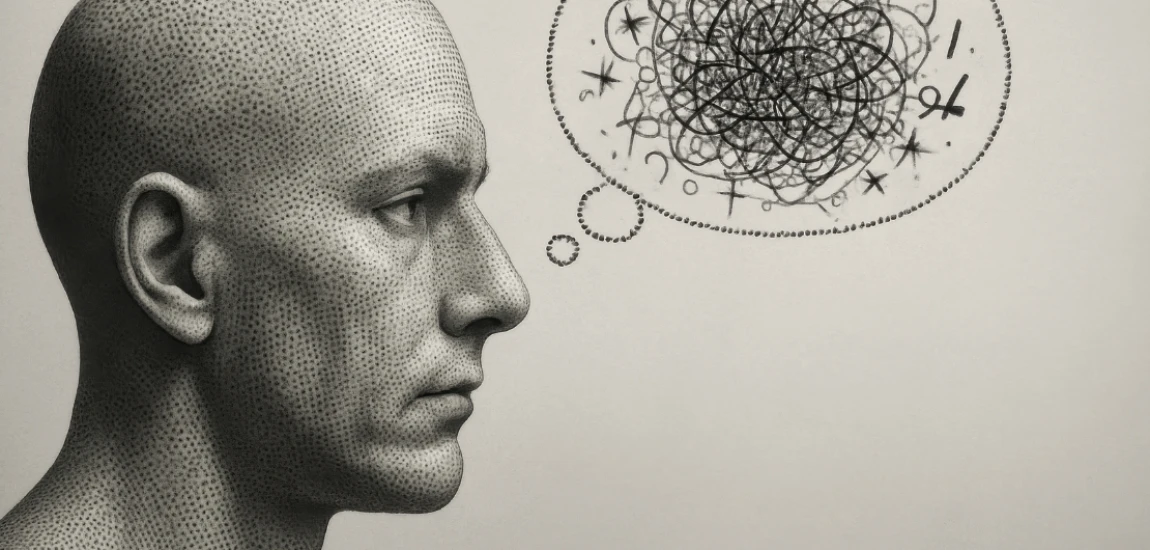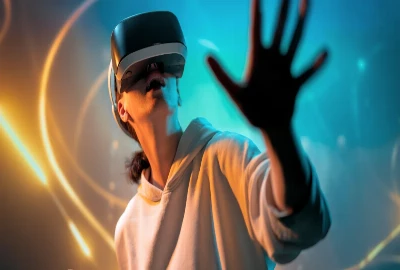Cognitive Cliffhangers: Neurodesign in Episodic Structures

Storytelling has always relied on suspense, surprise, and emotional tension. From ancient oral traditions to modern streaming platforms, creators have sought ways to hold their audience’s attention and keep them coming back for more. Today, with the rise of neuroscience in media studies, we’re beginning to understand why cliffhangers work so well on the human brain. Enter the concept of cognitive cliffhangers—narrative devices designed with neurodesign principles to stimulate curiosity, anticipation, and memory retention.
In an era where audiences can binge-watch entire seasons or abandon a show after one episode, knowing how to engineer stories that engage the mind at a neurological level has become crucial. This blog explores the science behind cognitive cliffhangers, how episodic structures are evolving with neurodesign, and what storytellers can learn from psychology to create irresistible narratives.
The Science of Suspense: Why Cliffhangers Work

Cliffhangers aren’t just about ending an episode with unresolved action—they’re about activating the brain’s predictive systems. Neuroscience shows that the brain craves resolution; when a story leaves something unfinished, it creates a “cognitive itch” that demands to be scratched.
The brain’s need for closure
Psychologists call this the Zeigarnik Effect—the tendency to remember incomplete or interrupted tasks more than completed ones. In episodic storytelling, cliffhangers harness this principle to keep viewers thinking about the plot long after the credits roll.
Dopamine and anticipation
Suspense triggers dopamine release, the neurotransmitter linked to reward and motivation. Every unresolved moment becomes a “neural gamble,” where the brain anticipates payoff in the next episode. This creates an addictive loop, making audiences eager to press “play.”
Emotional investment
Cliffhangers don’t work in isolation—they rely on deep emotional investment. When characters face dilemmas or danger, the brain’s mirror neurons make us feel their emotions. This empathy heightens suspense and ensures audiences are psychologically “hooked.”
By blending neuroscience with narrative structure, creators can strategically design cliffhangers that resonate at both cognitive and emotional levels.
Neurodesign in Episodic Storytelling

Neurodesign refers to using neuroscientific insights to craft experiences that align with how the brain processes information. In storytelling, it’s about designing episodes that maximize retention, engagement, and emotional response.
Episodic memory and narrative arcs
Our brains are wired to store experiences as episodic memories, linked to emotion and sensory cues. Writers who structure episodes with strong emotional peaks ensure that moments stick in memory, strengthening attachment to the story.
Attention and pacing
Modern attention spans are fragmented, especially in the streaming age. Neurodesign suggests alternating high-intensity scenes with reflective moments keeps the brain engaged without fatigue. This rhythm sustains attention and primes viewers for cliffhanger payoffs.
The rhythm of cliffhangers
Effective cliffhangers aren’t random—they follow cognitive rhythms. Ending with unanswered questions, escalating stakes, or moral dilemmas taps into curiosity pathways, ensuring that the story lives in the audience’s thoughts until the next release.
Through neurodesign, episodic storytelling moves from instinctive craft to science-informed strategy, giving creators a deeper toolkit to engage audiences.
Case Studies: How Shows Use Cognitive Cliffhangers

The success of many global shows can be attributed to strategic cliffhanger design informed by cognitive psychology.
Serial dramas and long arcs
Series like Breaking Bad or Game of Thrones weave multiple unresolved threads into each episode. The cliffhangers aren’t just at the end—they’re embedded within scenes, conversations, and shifting alliances, constantly activating curiosity.
Streaming originals and binge culture
Netflix and other streaming giants use cliffhangers as engines for binge-watching. Each episode is structured like a domino effect, where unresolved storylines create a “just one more episode” compulsion.
Interactive storytelling
With the rise of interactive formats, cliffhangers now involve player choice and agency. Games and interactive shows create branching cliffhangers, where resolution depends on user decisions, intensifying cognitive engagement.
These examples show how cognitive cliffhangers aren’t confined to one medium—they’re part of a larger transmedia design strategy.
The Psychology of Anticipation and Reward

Understanding how the brain responds to anticipation helps creators refine their cliffhanger strategies.
Curiosity as cognitive fuel
Curiosity is a reward-seeking behavior. When storytellers withhold information, they stimulate curiosity gaps that push the brain to seek resolution. This explains why audiences tolerate long waits between episodes or seasons.
The role of uncertainty
Uncertainty fuels suspense. Neuroscience shows that ambiguous outcomes are more stimulating than predictable ones. Cliffhangers thrive in the “in-between” state where anything could happen.
Emotional spikes and memory retention
Strong cliffhangers often coincide with emotional spikes—betrayals, shocking revelations, or sudden danger. Emotions act as memory “glue,” ensuring that unresolved moments linger in the mind.
By combining anticipation, uncertainty, and emotional intensity, storytellers turn episodic structures into psychological engines of engagement.
Designing Episodic Structures with Neurodesign Principles

Writers and creators can apply neurodesign to craft cliffhangers that work at scale.
Multi-layered cliffhangers
The most effective series use nested cliffhangers—small unresolved beats within episodes and larger arcs across seasons. This keeps engagement consistent at multiple levels.
Cognitive pacing strategies
Balancing moments of tension with resolution ensures audiences don’t burn out. Neurodesign suggests using micro-payoffs within episodes to sustain trust, while saving major cliffhangers for maximum impact.
Building emotional continuity
Consistency in emotional tone keeps viewers invested. Whether through character arcs or moral dilemmas, maintaining continuity ensures that cliffhangers feel natural, not manipulative.
These strategies show how creators can use neurodesign principles as narrative architecture, turning episodic storytelling into a finely tuned engagement system.
The Future of Cognitive Cliffhangers

As media evolves, cliffhangers will continue adapting to new technologies and audience behaviors.
AI-driven storytelling
Artificial intelligence can analyze audience reactions in real time, predicting which cliffhangers resonate most. This data-driven approach could personalize episodic arcs for different viewer segments.
Neurosensory storytelling
Future episodic structures may integrate VR and AR, where cliffhangers are not just narrative devices but multisensory experiences—suspense felt through haptics, visuals, and spatial immersion.
Ethical considerations
As neurodesign deepens, ethical questions arise: how much manipulation is acceptable? Should creators regulate cliffhanger intensity to avoid addictive binge cycles? Balancing innovation with responsibility will be key.
The future suggests cliffhangers won’t disappear—they’ll become smarter, more immersive, and deeply personalized.




